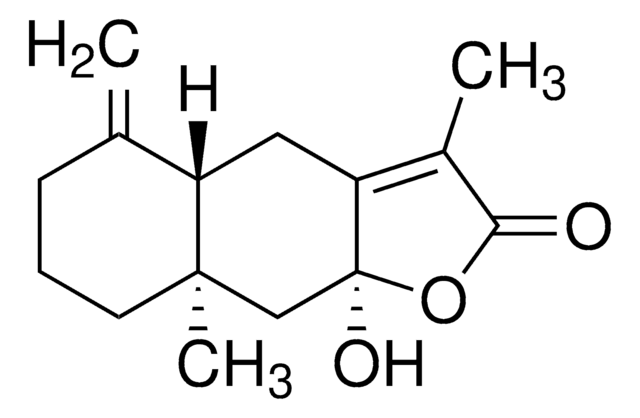16-220
Anti-phospho-Ser/Thr-Pro MPM-2 Antibody, Cy5 conjugate
Upstate®, from mouse
Synonim(y):
Anti-MPM-2 Cy5 Antibody, Cy5 Anti-MPM-2, Phospho-Ser/Thr-Pro Detection
About This Item
Polecane produkty
pochodzenie biologiczne
mouse
Poziom jakości
białko sprzężone
CY5 conjugate
forma przeciwciała
purified antibody
rodzaj przeciwciała
primary antibodies
klon
monoclonal
reaktywność gatunkowa
vertebrates
producent / nazwa handlowa
Upstate®
metody
immunocytochemistry: suitable
immunofluorescence: suitable
western blot: suitable
izotyp
IgG1
Warunki transportu
wet ice
docelowa modyfikacja potranslacyjna
phosphorylation (pSer/pThr)
Opis ogólny
Specyficzność
Immunogen
Zastosowanie
Epigenetics & Nuclear Function
Cell Cycle, DNA Replication & Repair
Jakość
Postać fizyczna
Przechowywanie i stabilność
Komentarz do analizy
Colcemid-treated HeLa cell lysates
Informacje prawne
Oświadczenie o zrzeczeniu się odpowiedzialności
Nie możesz znaleźć właściwego produktu?
Wypróbuj nasz Narzędzie selektora produktów.
Kod klasy składowania
12 - Non Combustible Liquids
Klasa zagrożenia wodnego (WGK)
WGK 2
Temperatura zapłonu (°F)
Not applicable
Temperatura zapłonu (°C)
Not applicable
Certyfikaty analizy (CoA)
Poszukaj Certyfikaty analizy (CoA), wpisując numer partii/serii produktów. Numery serii i partii można znaleźć na etykiecie produktu po słowach „seria” lub „partia”.
Masz już ten produkt?
Dokumenty związane z niedawno zakupionymi produktami zostały zamieszczone w Bibliotece dokumentów.
Nasz zespół naukowców ma doświadczenie we wszystkich obszarach badań, w tym w naukach przyrodniczych, materiałoznawstwie, syntezie chemicznej, chromatografii, analityce i wielu innych dziedzinach.
Skontaktuj się z zespołem ds. pomocy technicznej